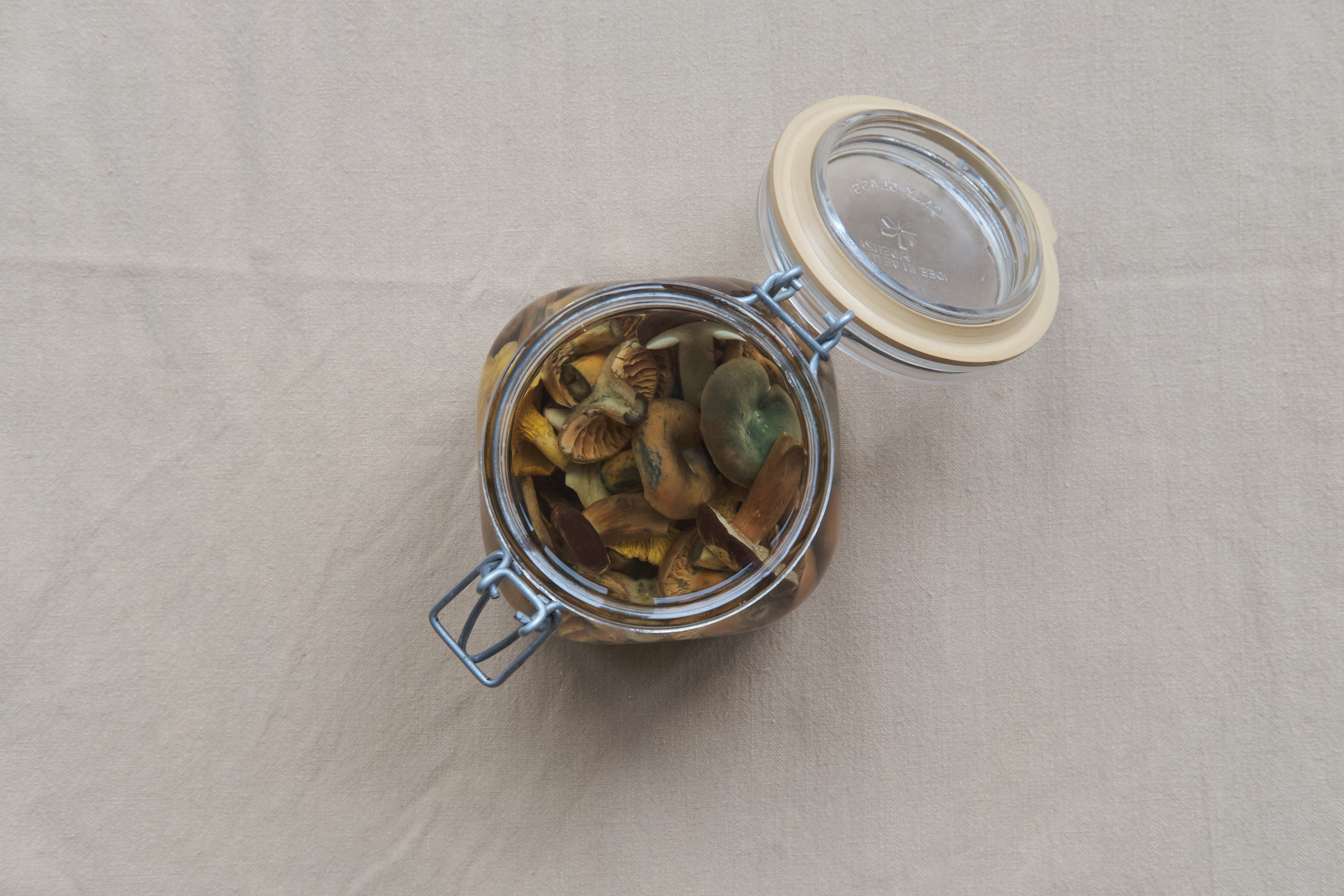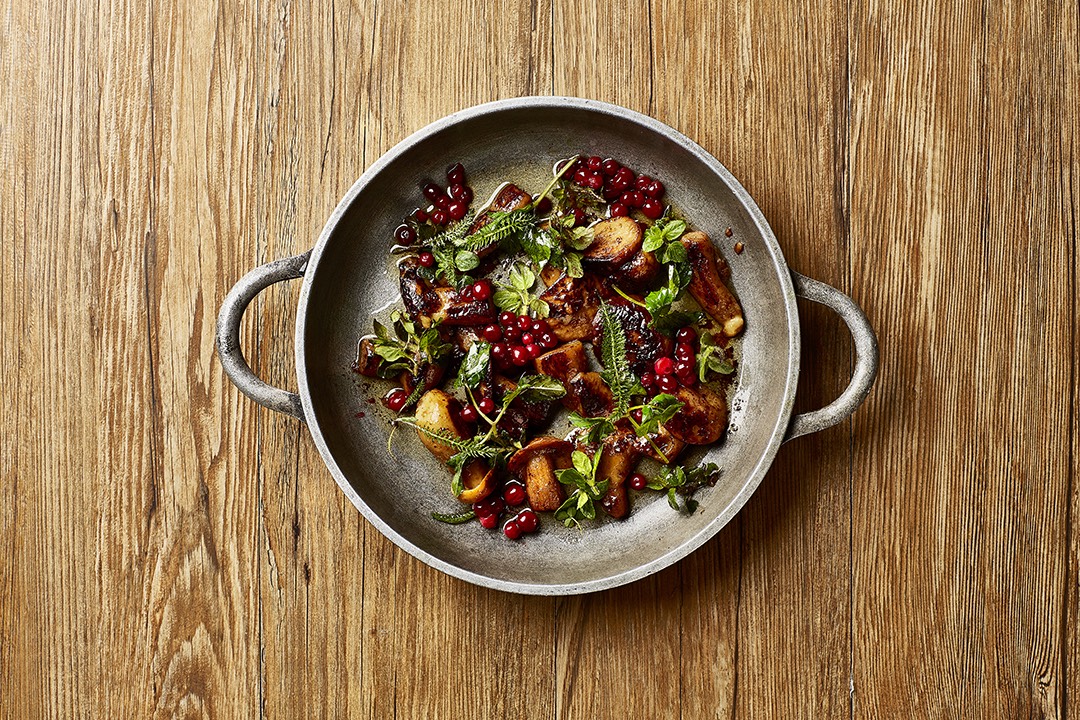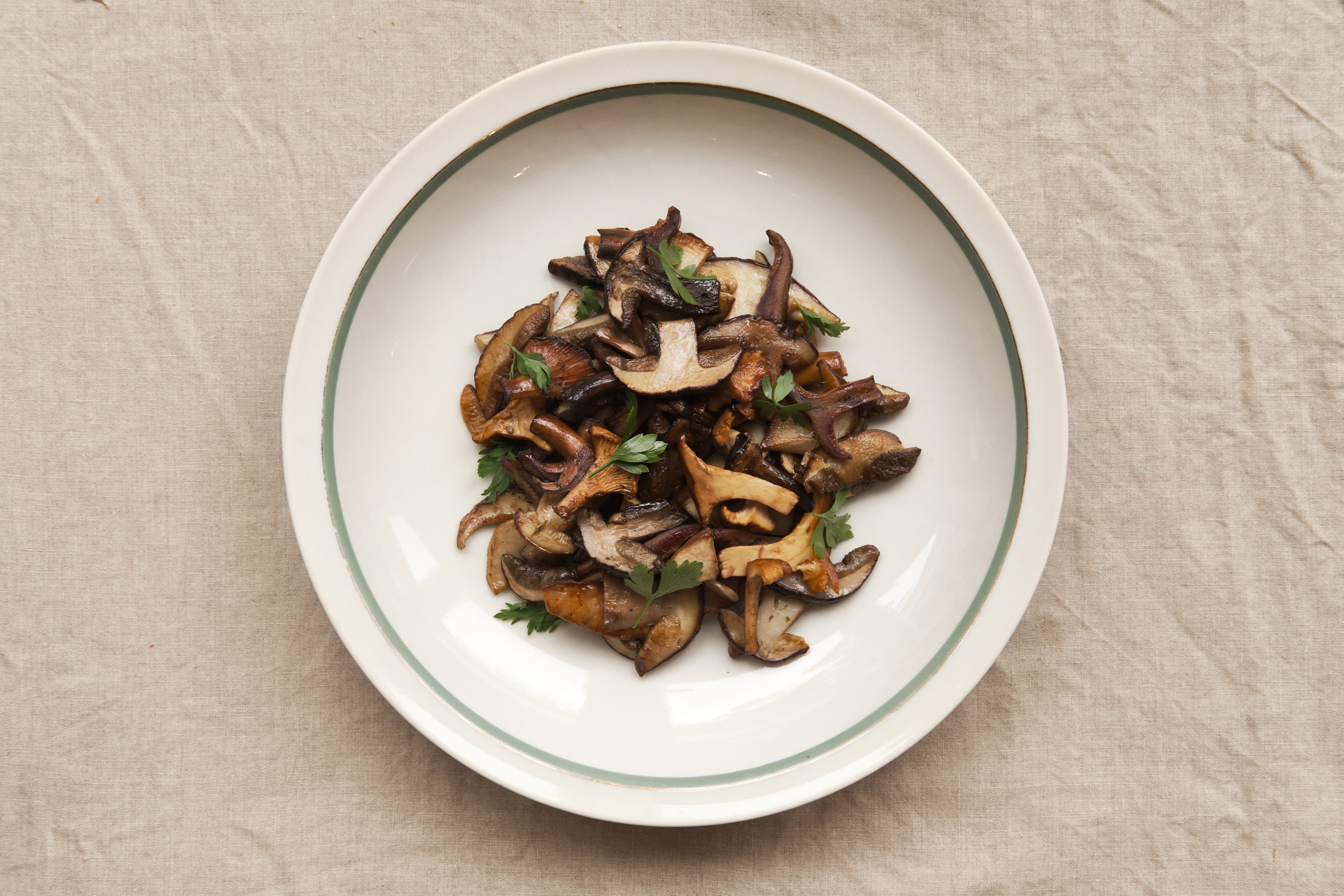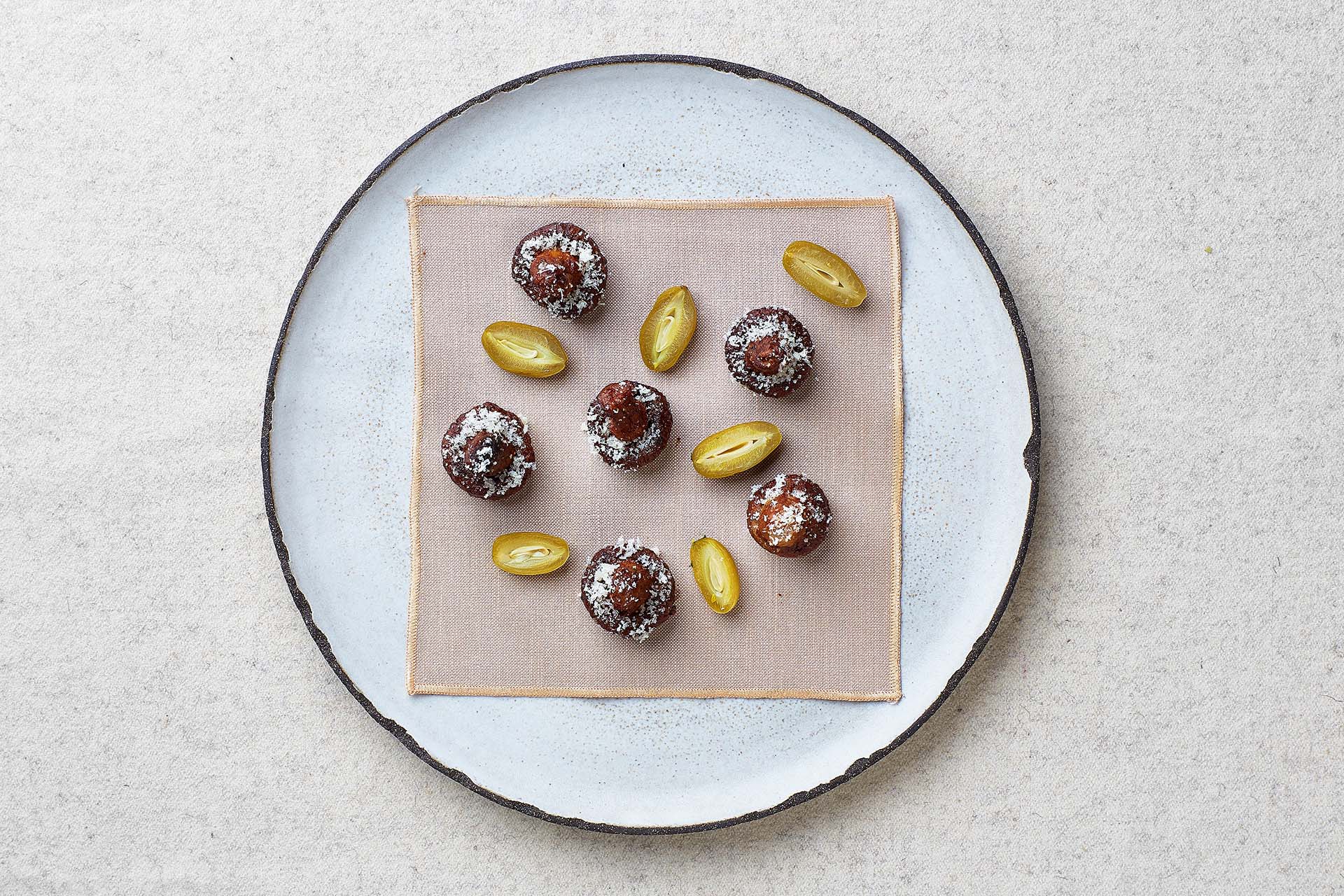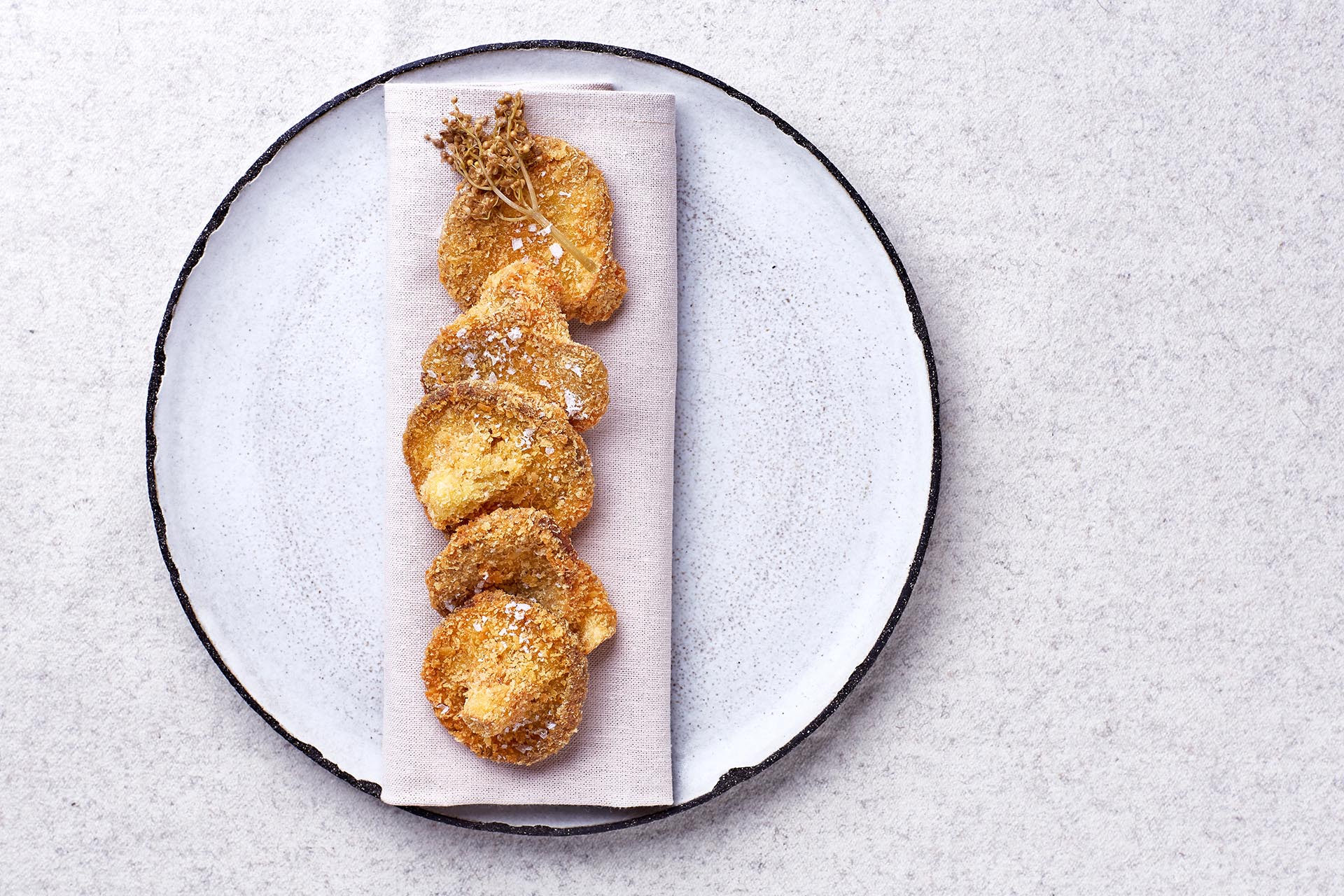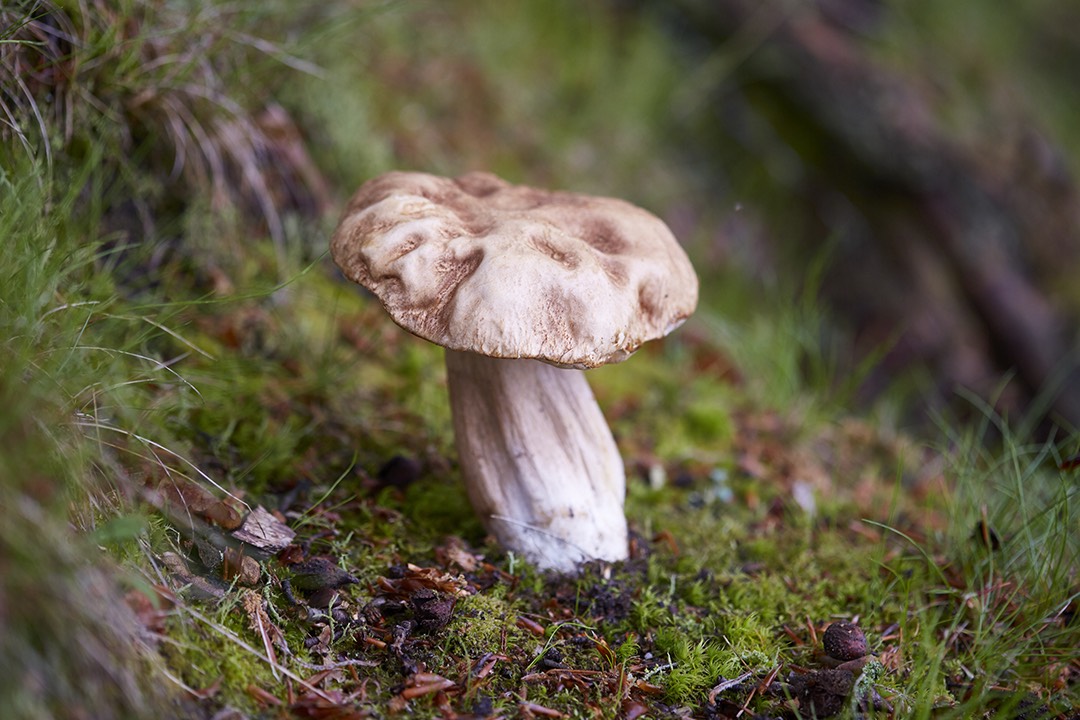
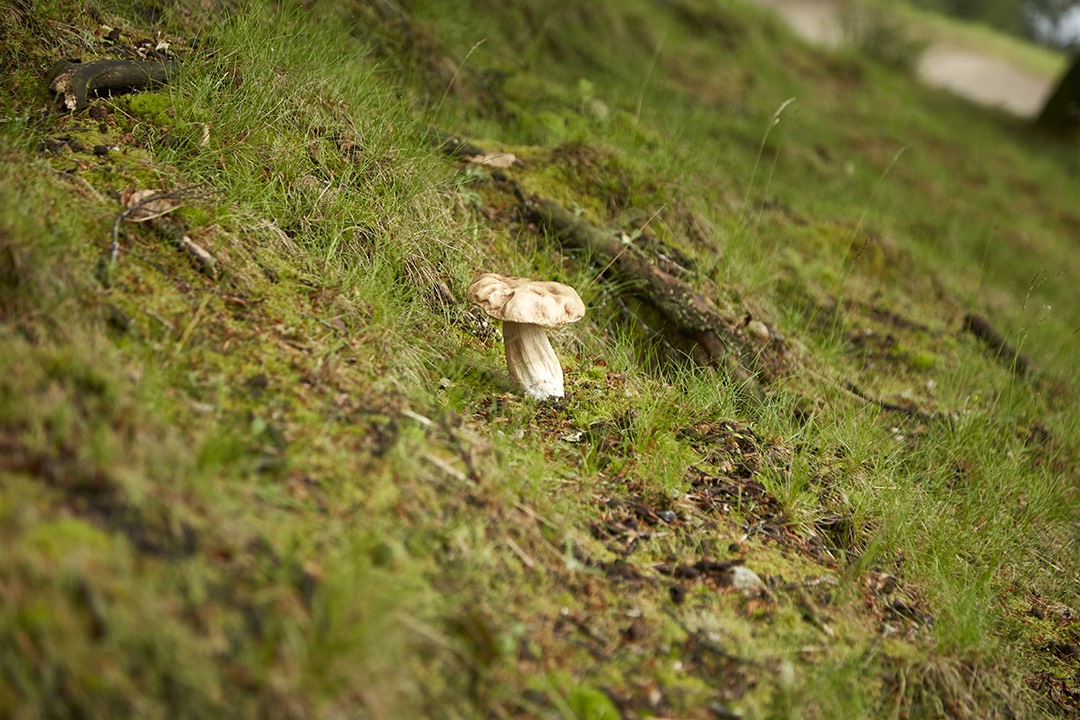
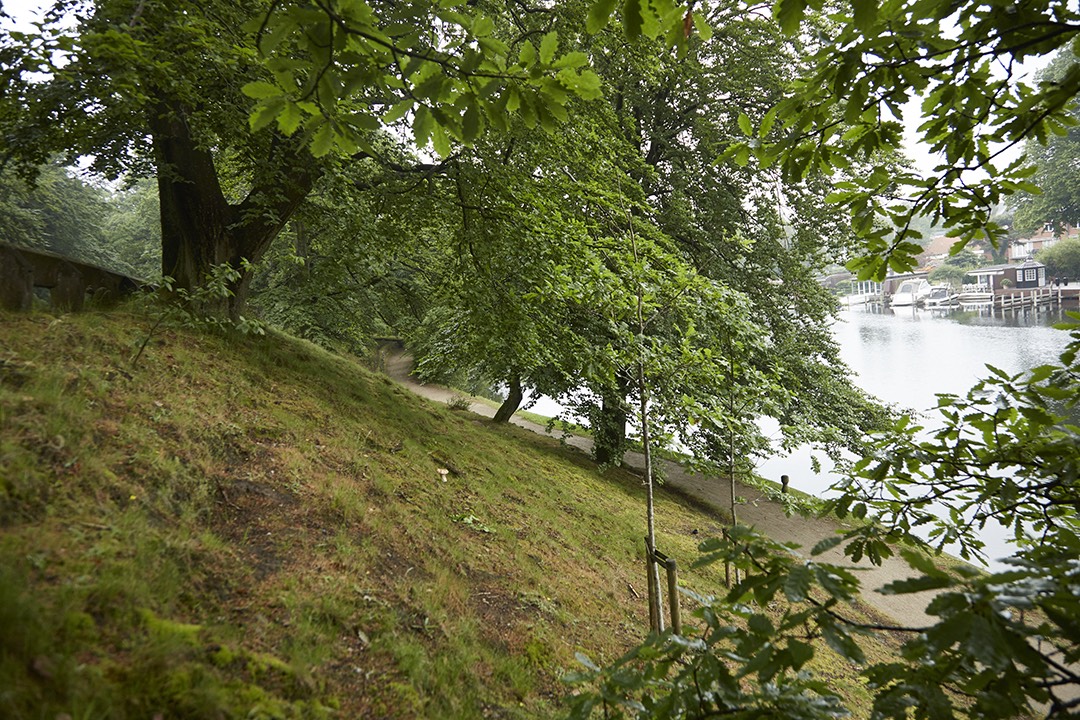
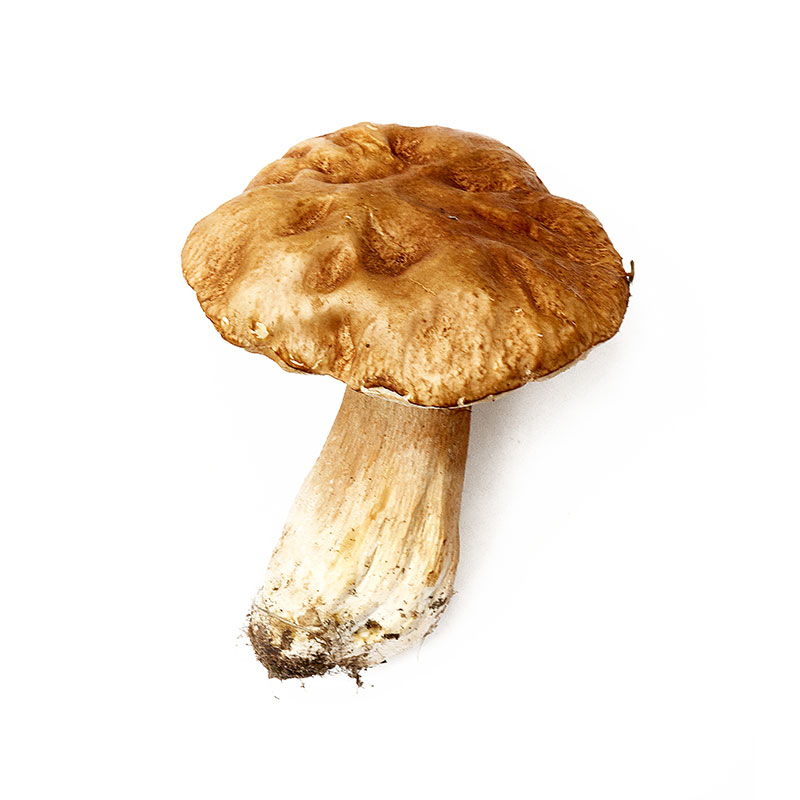
Cep
Boletes are a family of mushrooms that are much-coveted for their distinctively nutty flavor. Cep is the king of the boletes.
-
Where to Find It
Look for cep mushrooms under large oak, beech, and spruce trees where the soil isn't covered by too many leaves. If the ground is also mossy with small tufts of wavy hair-grass and other grasses, you'll know you're in cep territory. They often pop up in large numbers on forest roads that traveres spruce tree plantations and in beech forests with lightly acidic soil.
Deciduous forests, coniferous forests, towns.
-
When to Find It
The cep family is made up of three mushrooms that have slightly different seasons. You can pick summer cep from June until September, while king bolete and pine bolete are ready to be picked from July until October—and some years all the way into November. A warm, wet fall will generally bring forth lots of bolete mushrooms.
Entire mushroom: June, July, August, September, October.
-
How to Spot It
Cep mushrooms can grow quite large, with a cap up to 25 cm in diameter, but normally you'll find them in the size range of 10-15 cm. Its meaty camp is grayish-brown, while its light brown or off-white stem protrudes 5-10 cm from the forest floor. If you look closely, you'll see a fine netting on its stem, which is one of cep's trademarks. The color of the pores on the underside of the mushroom changes from white to yellow to olive green as the mushroom ages.
-
How to Pick It
Cut off the mushroom one centimeter from the earth and dust off most of the dirt with a small brush. You can also remove some of the dirt by shaving off the bottom of the stem with a knife. Snails and worms really like cep, so check where you cut to see if the mushroom was attacked by vermin or if the flesh is nice and even. Often worms only attack the stem and middle part of the cap.
Risk of misidentifying the plant
Cep can be mistaken for bitter bolete, which has an uninteresting, bitter flavor, but isn't toxic. Bitter bolete has a dry cap, whereas cep's is greasier. Bitter bolete also has more visible netting on its stem, and its pores are pinker in color, while cep's pores are yellow or olive green.


